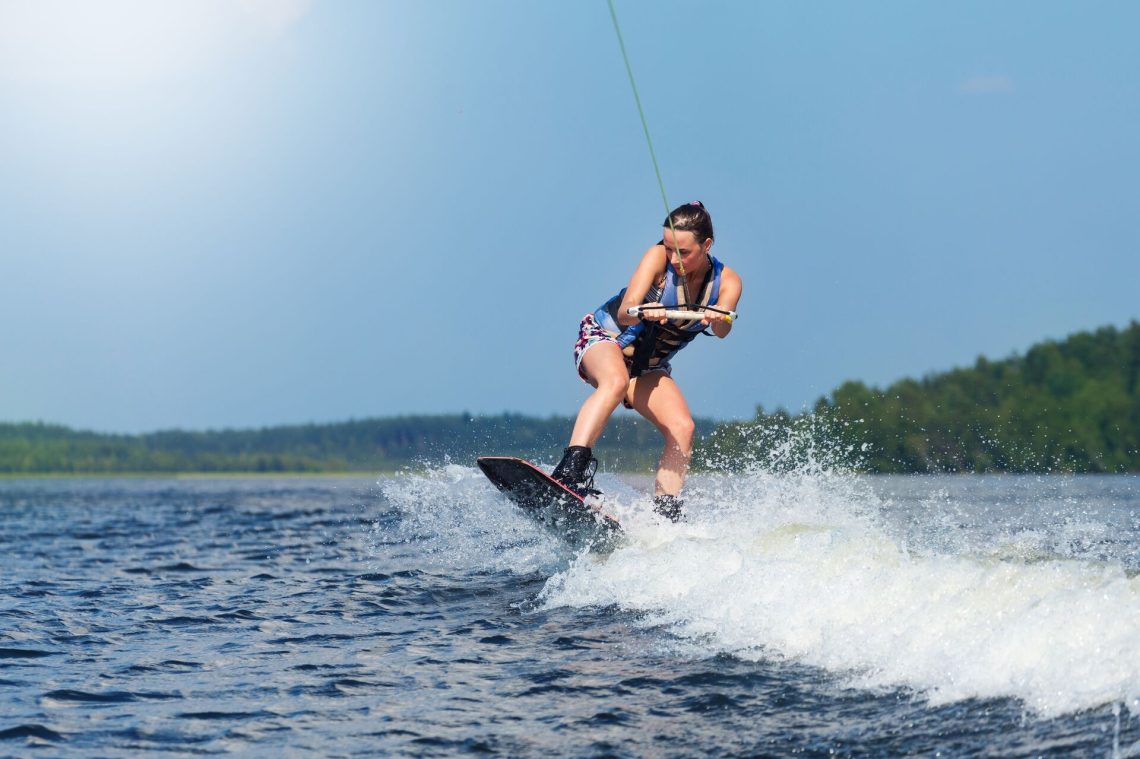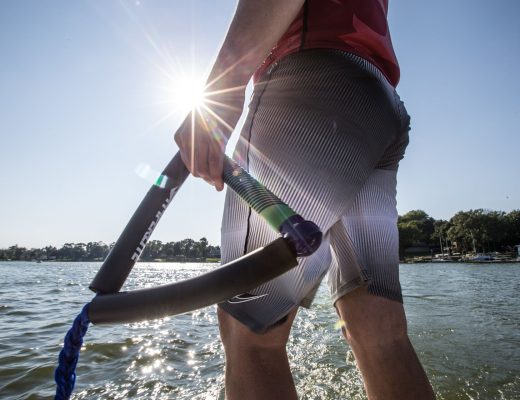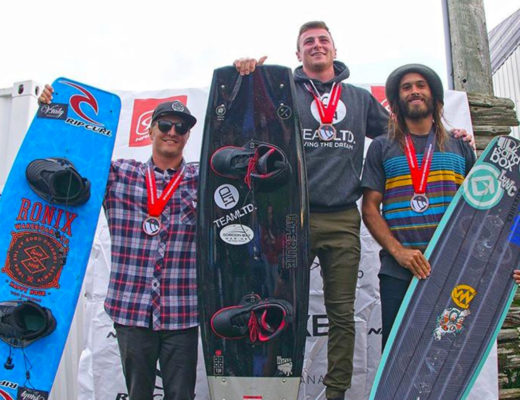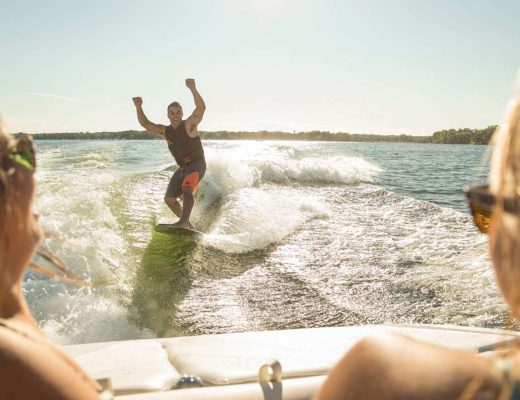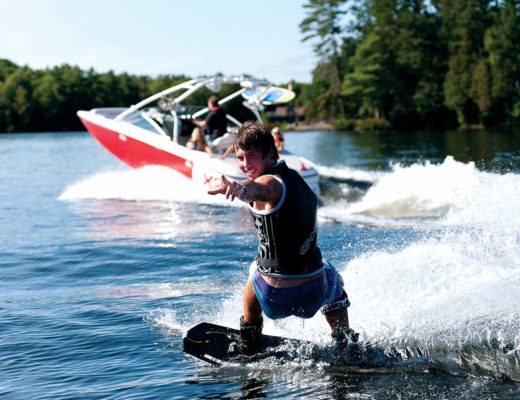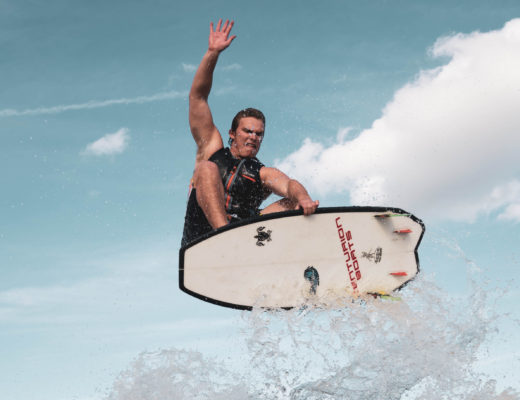Summer is around the corner, and you’re itching to get out on the water to enjoy those stinking hot days that we Canadians dream about all winter. But this year is different.
This year, you have been scrolling through Instagram and have seen people doing one or maybe even two flips on their wakeboards! You think to yourself, “Alright, I have to try this.”
This summer, you’re not just getting on the water; you’re getting on a wakeboard. However, before you do, read our tips for new wakeboarders.
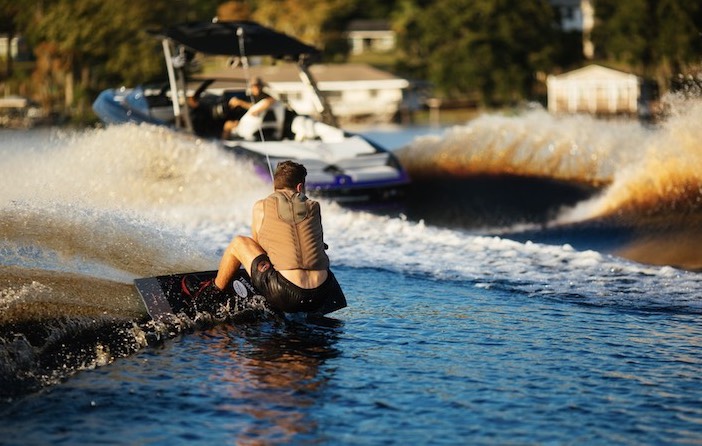
Where to Start
Here comes the question: what the heck do I need to start?
Well, not too much.
Although we Canadians are used to bundling up for most things we do, you’ll definitely be able to shed a few layers for your wakeboarding adventure.
First, you will need to get your hands on a wakeboard and rope. Maybe your friend has one you can borrow, or perhaps you will have to make the purchase yourself. However, it will make your life a lot easier if you have a wakeboard and bindings that fit.
Wakeboards are sized to the rider’s weight, and bindings follow shoe sizing. It’s worth looking at some sizing charts online before buying your first board, but you can read more about that in our Wakeboarding Gear Guide.
Put Safety First
So now you have your wakeboard, bindings, and rope. The most important piece comes next.
Yes, you will need a boat (or a PWC will work), but that’s not what we’re referring to.
You need a Coast Guard-approved life jacket. Safety is the most important part of any towed watersport, so having the required safety gear is necessary.
Make sure your lifejacket is sized correctly, and you’re ready to strap on the board! All you’ll need now is a driver and spotter.
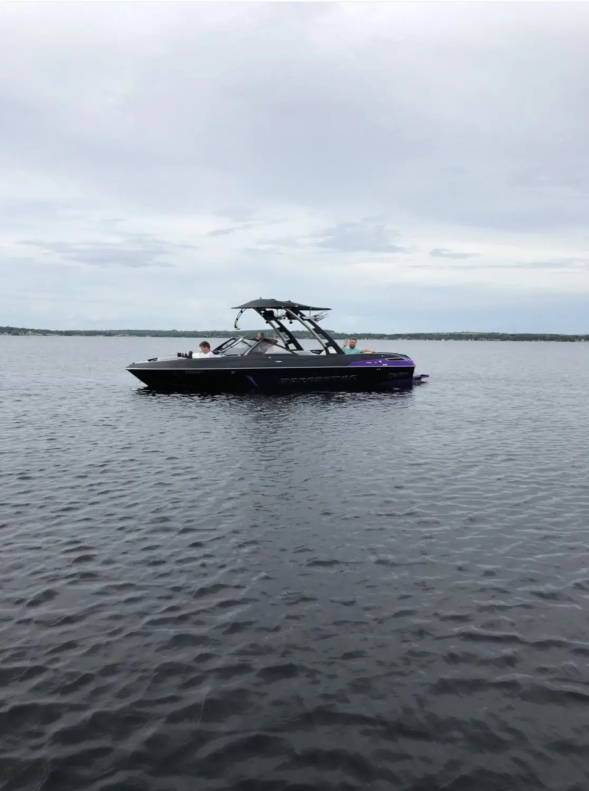
Know the Wakeboarding Hand Signals
Now you’re on the boat, and you are pumped!
Before you jump in the water for your first wakeboarding attempt, there are some essential hand signals to know that will allow you to communicate with your spotter in the boat.
- A thumbs-up means you are telling the boat to speed up.
- Thumbs down means slow the boat down.
- A hand signal with a flat hand, waving left to right in front of your neck, means stop the engine.
- Finally, if you happen to take a fall, it is helpful to tap your head with a flat hand to signal to the boat that you are okay.
You’ll want to start with a rope length of about 60ft. This is a comfortable area, so the boat can go slow enough that if you fall, it shouldn’t hurt, and the wake is still clean enough to cross side to side once you’ve mastered getting up.
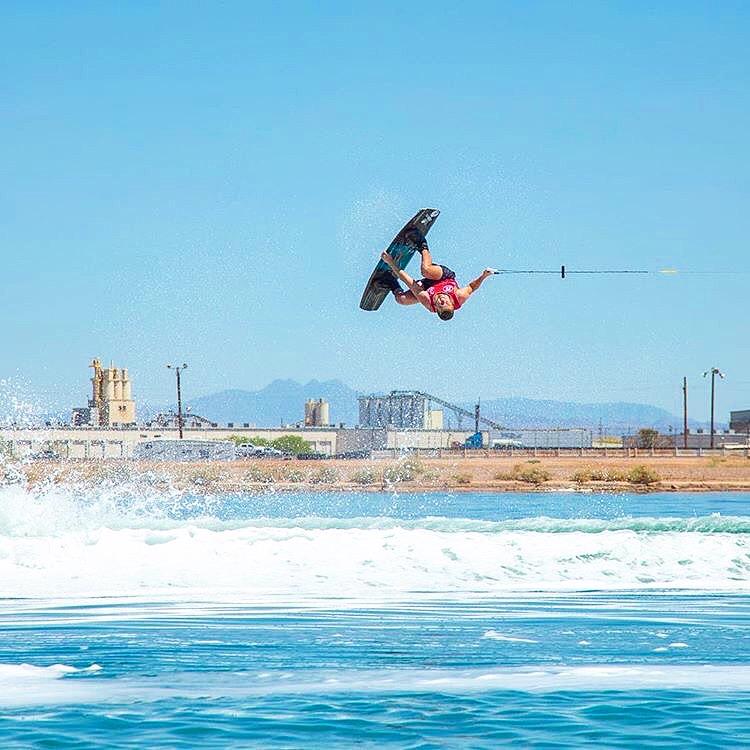
Stay Safe (and Have Fun) When Wakeboarding This Season
Wearing a life jacket and knowing the signals will help you stay safe when wakeboarding this season, but there’s much more to learn about safety on the water.
We always recommend boaters and watersports participants take a boating education course to learn how to navigate the waters safely. The online course through BOATsmart! tells you everything you need to know to enjoy the water and keep yourself and others safe!
Before you head out for your first wakeboarding attempt, take our Canada-approved online course. Then, get out and have some fun!
Content most recently reviewed and updated August 8, 2024.
